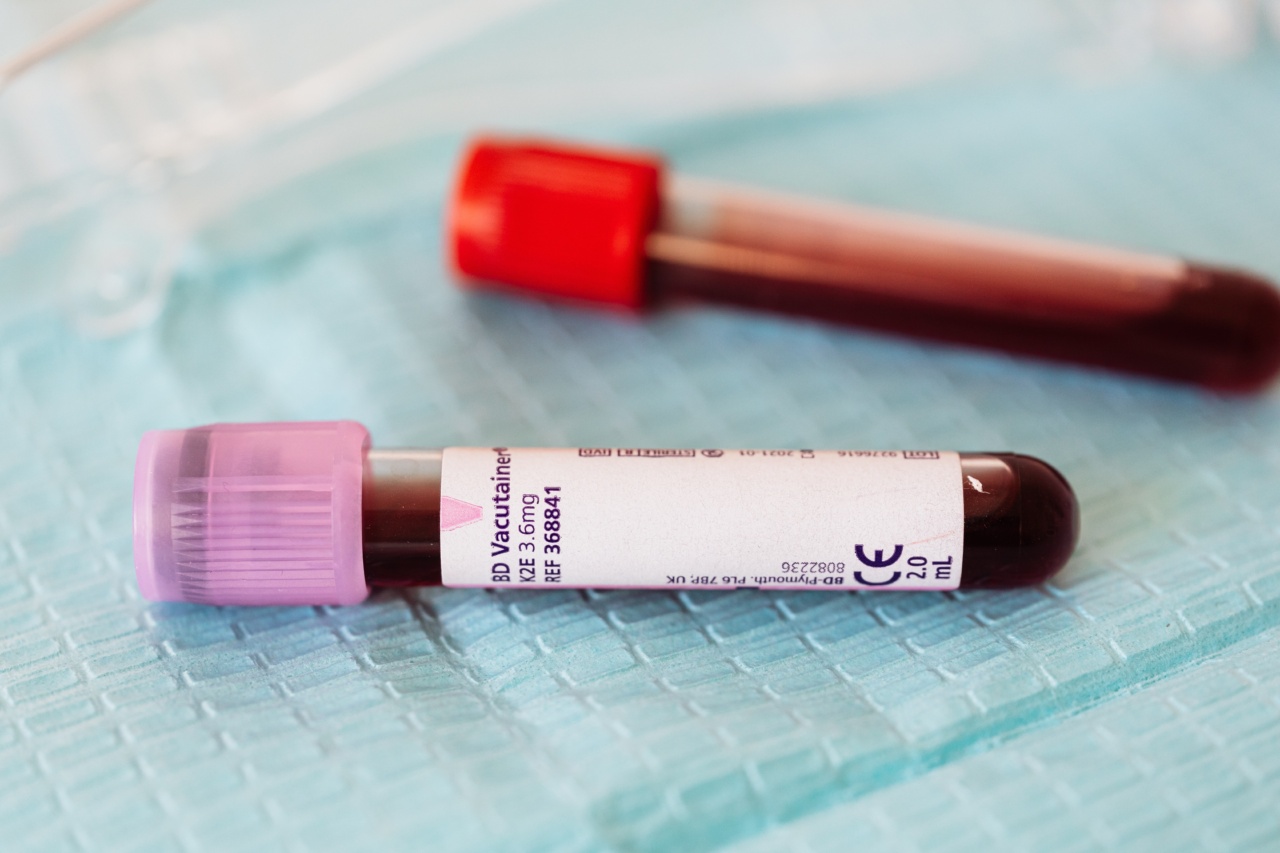Multiple Sclerosis (MS) is a chronic autoimmune disease affecting the central nervous system. MS causes inflammation and damage to the nerve cells, leading to a range of neurological symptoms.
These symptoms can include muscle weakness, difficulty with coordination and balance, and problems with vision and thinking. There is currently no cure for MS, and the diagnosis of the disease can often be difficult and time-consuming.
Current diagnosis methods
MS is typically diagnosed using a combination of clinical testing, imaging, and laboratory tests. Doctors will often begin by assessing the patient’s symptoms and conducting a physical exam.
They may also use imaging tests such as MRI or CT scans to look for signs of damage to the central nervous system. Laboratory tests can also be used to help diagnose MS by detecting the presence of specific antibodies or proteins in the blood or cerebrospinal fluid.
However, the diagnosis of MS can be challenging, as the symptoms are often nonspecific and can mimic those of other neurological disorders. Diagnosis can take months or even years, and misdiagnosis is not uncommon.
In addition, some patients may experience a relapsing-remitting course, with periods of exacerbation followed by periods of remission, further complicating the diagnosis.
The promise of the antibody test
Recent research has shown promising results in the use of a blood test to diagnose MS. The test looks for the presence of specific antibodies in the blood that are associated with MS.
The antibodies are produced by a subset of immune cells called B cells, which are thought to play a significant role in the development of MS.
The test works by using a specific protein called Neurofascin-155, which is found on the surface of nerve cells. In patients with MS, the immune system attacks this protein, leading to inflammation and damage to the nerve cells.
The test looks for the presence of antibodies that recognize and bind to Neurofascin-155.
Several studies have demonstrated the effectiveness of the antibody test in diagnosing MS.
One study published in the Journal of Neuroimmunology found that the test had a sensitivity of 82% and a specificity of 94% in correctly identifying patients with MS. Another study published in the journal Multiple Sclerosis and Related Disorders found that the test had a sensitivity of 72% and a specificity of 100% in detecting MS.
Advantages of the antibody test
The antibody test offers several advantages over current diagnostic methods. First, the test is less invasive than other diagnostic procedures, such as lumbar puncture, which can be uncomfortable for patients.
In addition, the antibody test is faster and more accurate than current laboratory tests for MS, which can take several days to process and may have a lower sensitivity and specificity.
The antibody test may also help to identify patients who are at risk of developing MS, allowing for earlier intervention and treatment.
In addition, the test may help to differentiate between MS and other neurological disorders with similar symptoms, reducing the risk of misdiagnosis.
The future of MS diagnosis
The antibody test for MS is still in the early stages of research, and further studies are needed to determine its effectiveness in different patient populations and in different stages of the disease.
However, the test shows promise as a non-invasive, accurate, and efficient method for diagnosing MS.
If the antibody test proves to be effective in larger trials, it could revolutionize the diagnosis and treatment of MS.
It may also pave the way for the development of new therapies that specifically target the immune cells and proteins involved in the development of the disease.
Conclusion
The development of a blood test for MS represents a significant breakthrough in the diagnosis and treatment of this chronic autoimmune disease.
The test offers several advantages over current diagnostic methods, including its non-invasive nature, speed, and accuracy. While further research is needed to fully validate the test, the antibody test represents a promising step forward in our understanding and management of MS.





























